
This '70s TV Icon Left Acting After 7 Years of Searching for Answers About Her Illness – Her Story & Photos at 81
She was at the height of her five-decade career when, without warning, strange symptoms began to appear. When she first got ill, she felt herself slipping away, as if leaving her own body. For years, the illness remained a mystery, and survival ultimately depended on a lifesaving surgery.
She grew up on American television, first capturing audiences as a teenage daughter in a beloved family sitcom before taking on roles in hit series and feature films. After a career that spanned decades, she quietly left acting.
For almost seven years, she lived with a mysterious illness that doctors couldn't identify. The condition would bring her dangerously close to death and lead to a lifesaving procedure, marking the beginning of a long, private recovery.
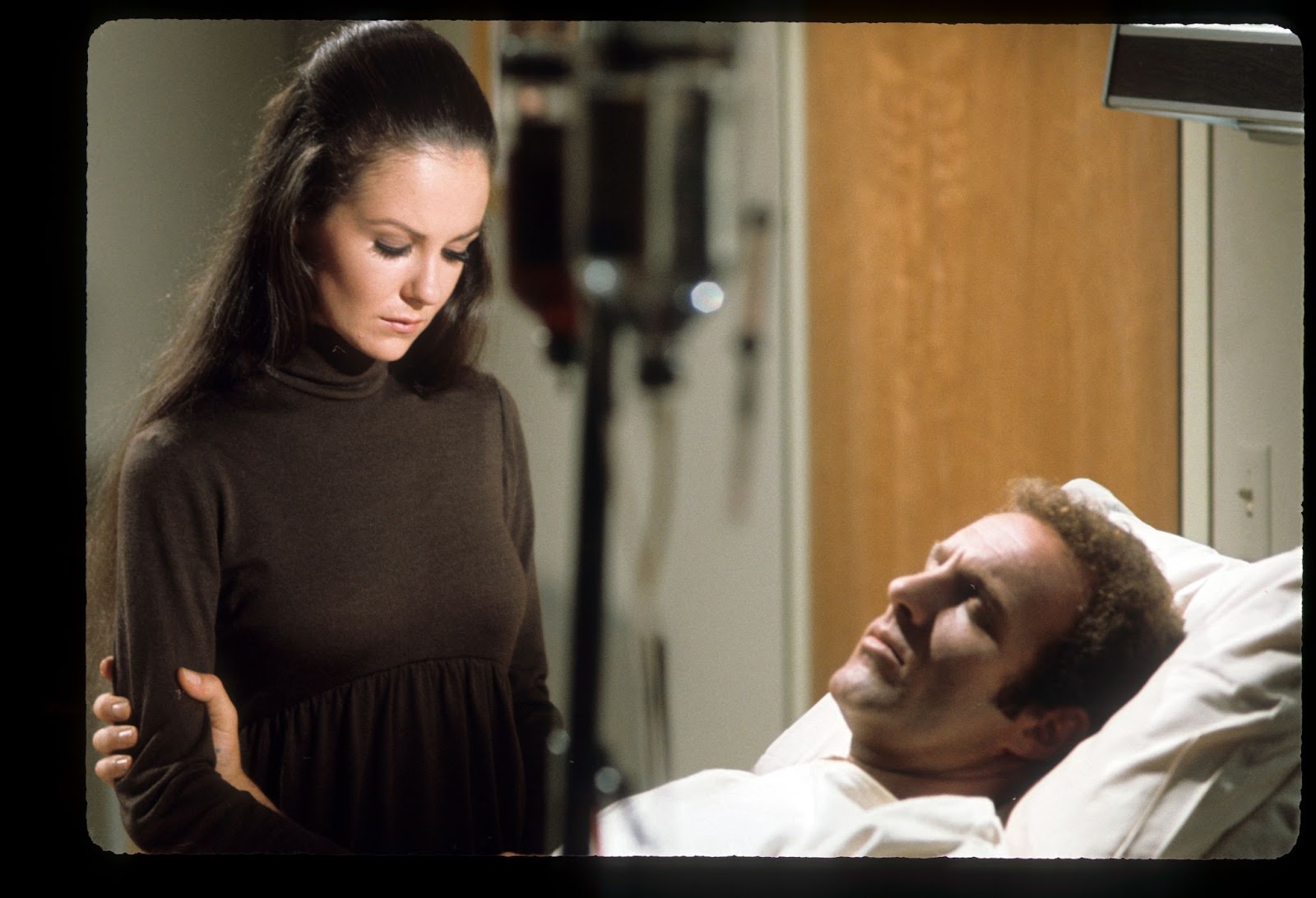
The former Hollywood icon and James Caan filming "Brian's Song" in 1971. | Source: Getty Images
From Child Star to Teen Idol
She was born on January 19, 1944, and began working in television as a child in the 1950s. Her first credited appearance came in 1955 on "Producers Showcase," followed by roles on "The Loretta Young Show" and Disney's "Annette," where she portrayed Moselle Corey in 15 episodes in 1958.
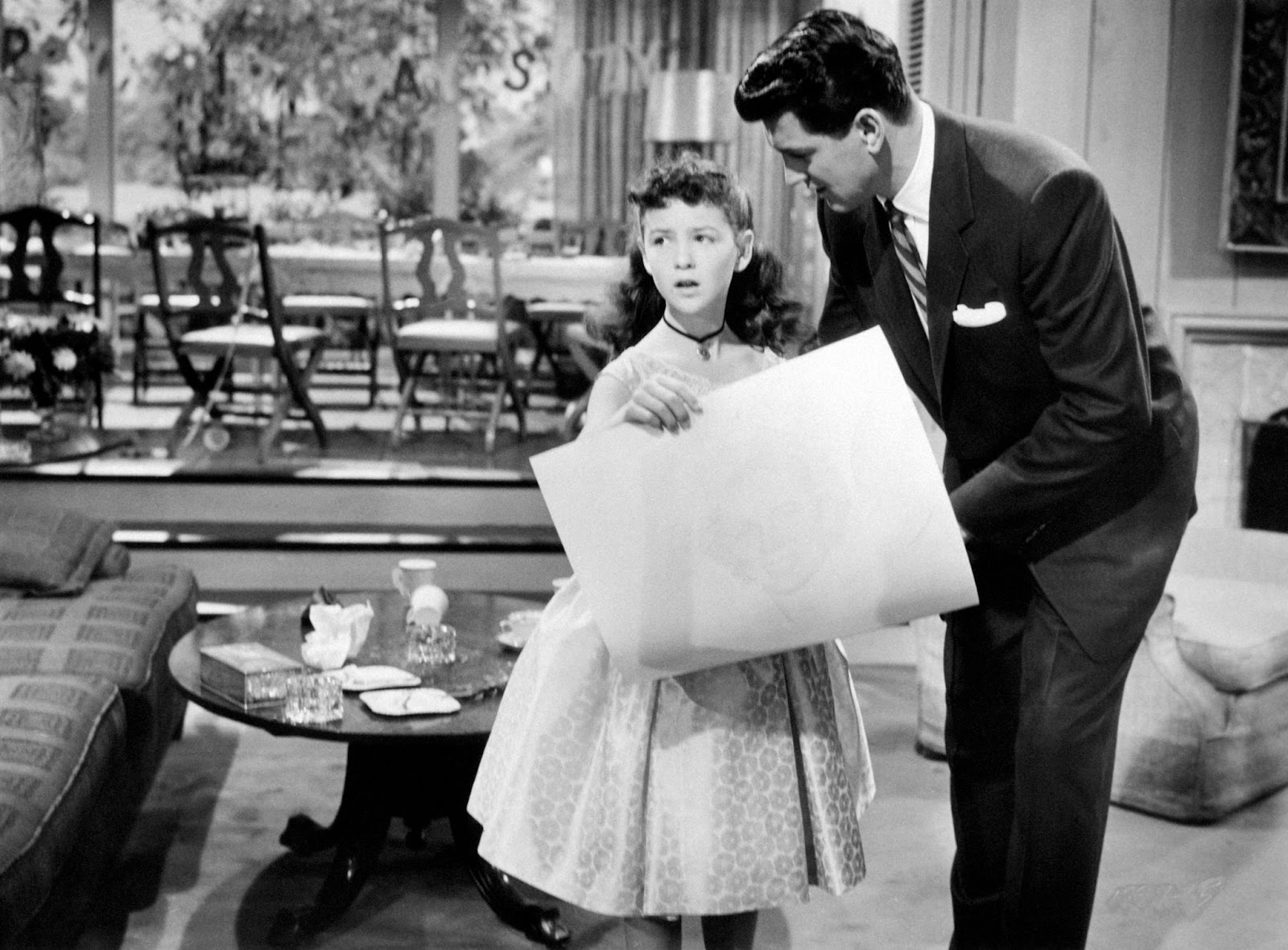
The young actress and Rock Hudson filming "Never Say Goodbye" in 1956. | Source: Getty Images
By the late 1950s, she became a household name as Mary Stone on "The Donna Reed Show," appearing in 191 episodes between 1958 and 1964. Her popularity as a teen star led to feature film roles, including "Rock, Pretty Baby" (1956) and three musical comedies alongside Elvis Presley: "Girl Happy" (1965), "Spinout" (1966), and "Clambake" (1967).
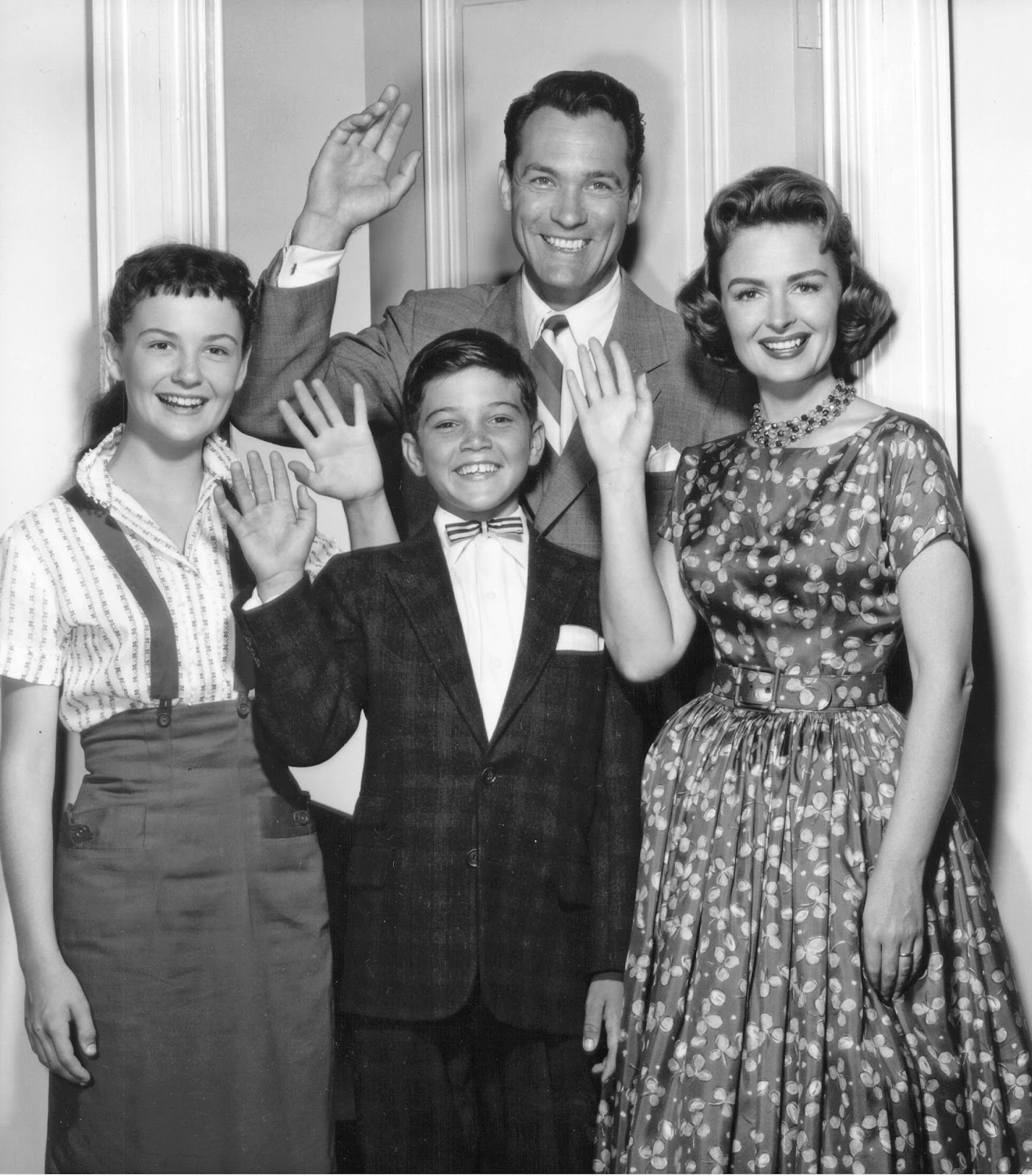
The young actress and her "The Donna Reed Show" co-stars in 1958. | Source: Getty Images
She continued working steadily into adulthood, guest-starring on series throughout the 1970s and 1980s such as "Love, American Style," "Marcus Welby, M.D.," "Barnaby Jones," and "Mork & Mindy." She also appeared in made-for-television films, including "A Time to Sing" (1968) and "Brian's Song" (1971), in which she portrayed Joy Piccolo.
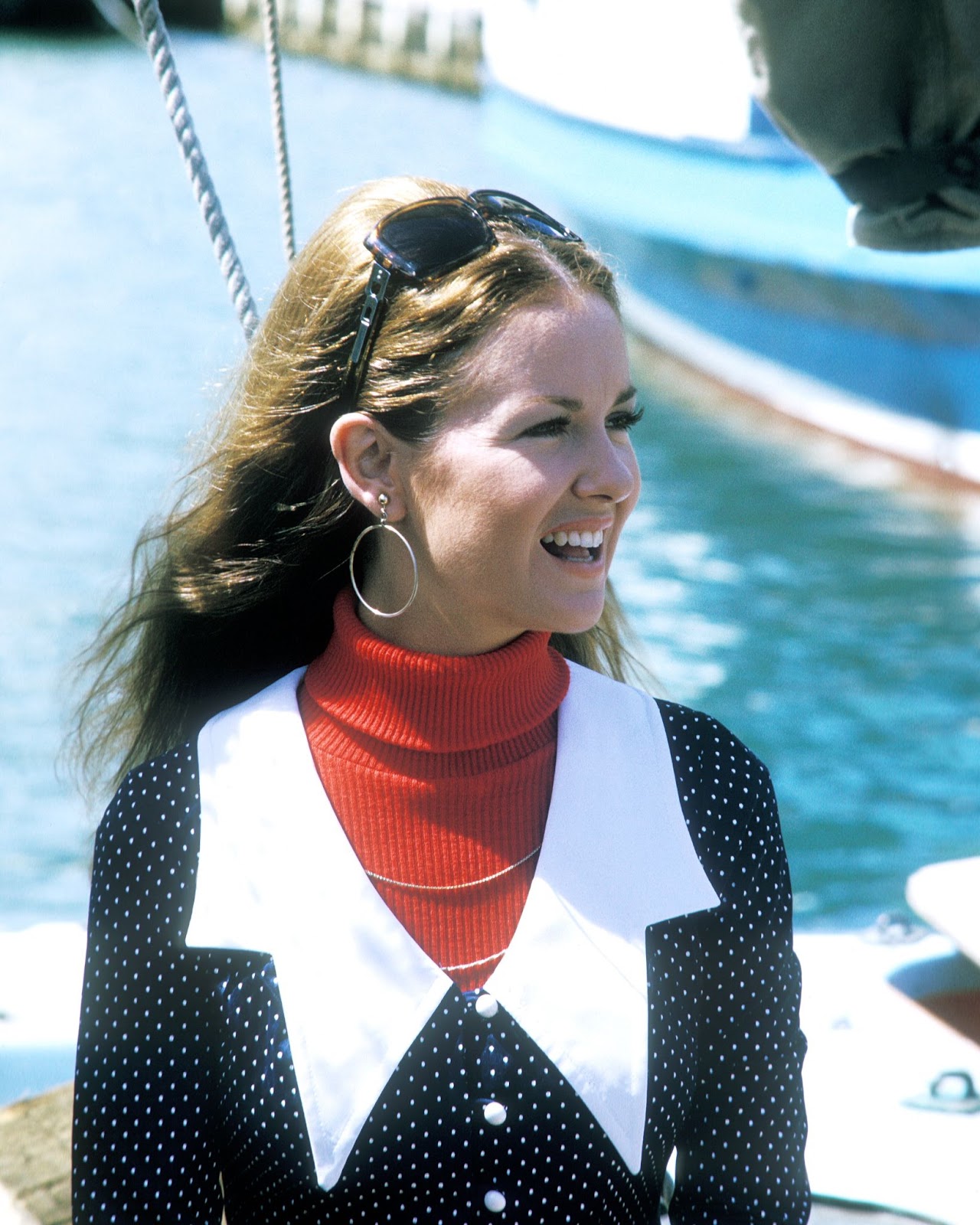
The "Coach" star, circa 1973. | Source: Getty Images
Success on 'Coach' and the First Signs of Illness
In 1989, she took on the role of Christine Armstrong on the ABC sitcom "Coach," starring opposite Craig T. Nelson. The series ran for 199 episodes until 1997 and became one of her most recognizable roles as an adult actress.
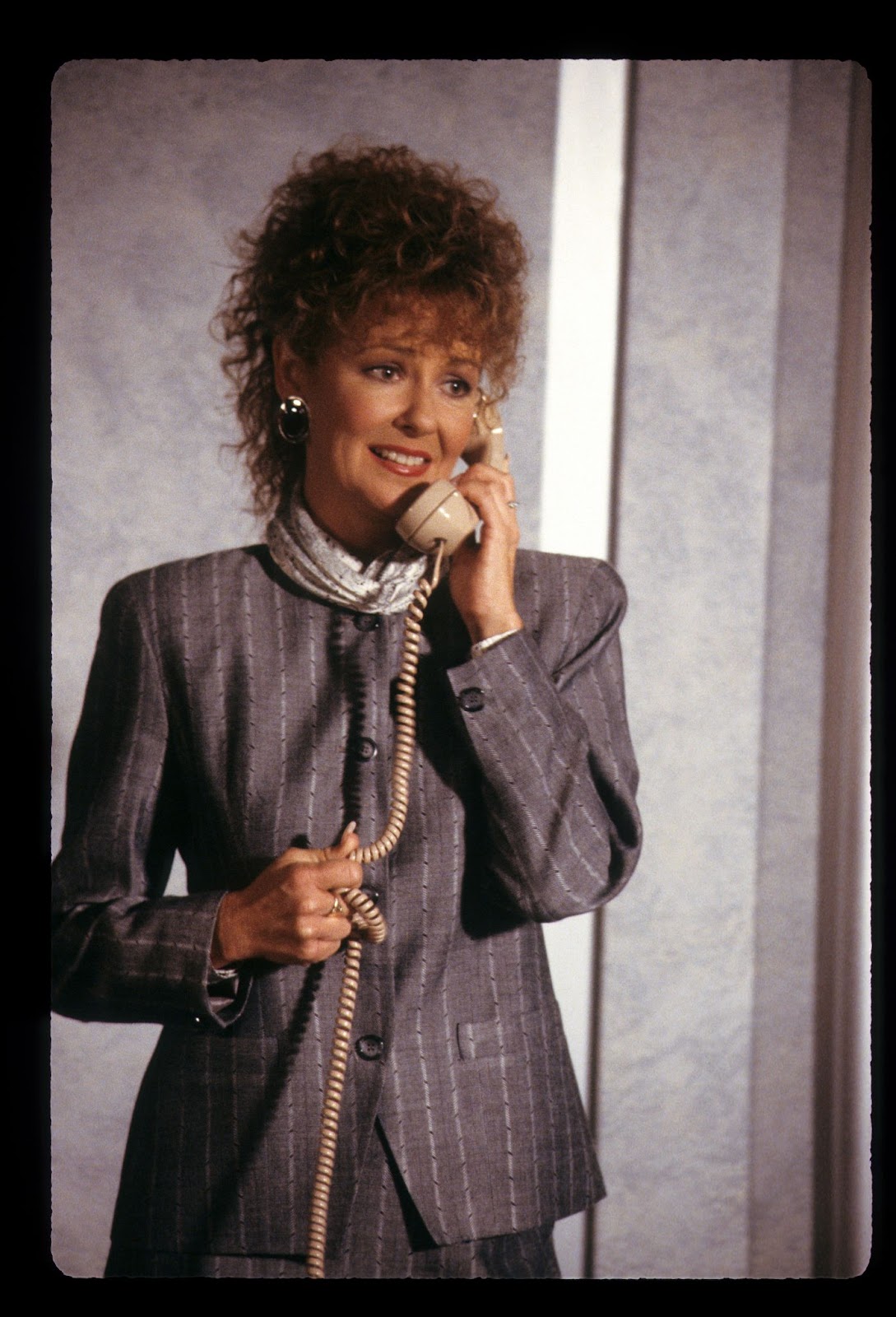
The actress on the "Coach" set in 1989. | Source: Getty Images
During this period, she also began working in voice acting, lending her voice to Martha Kent, Superman's adoptive mother, in "Superman: The Animated Series" from 1996 to 2000. She later reprised the role in "Justice League" (2003) and the animated film "Superman: Brainiac Attacks" (2006), which became her final credited acting role.
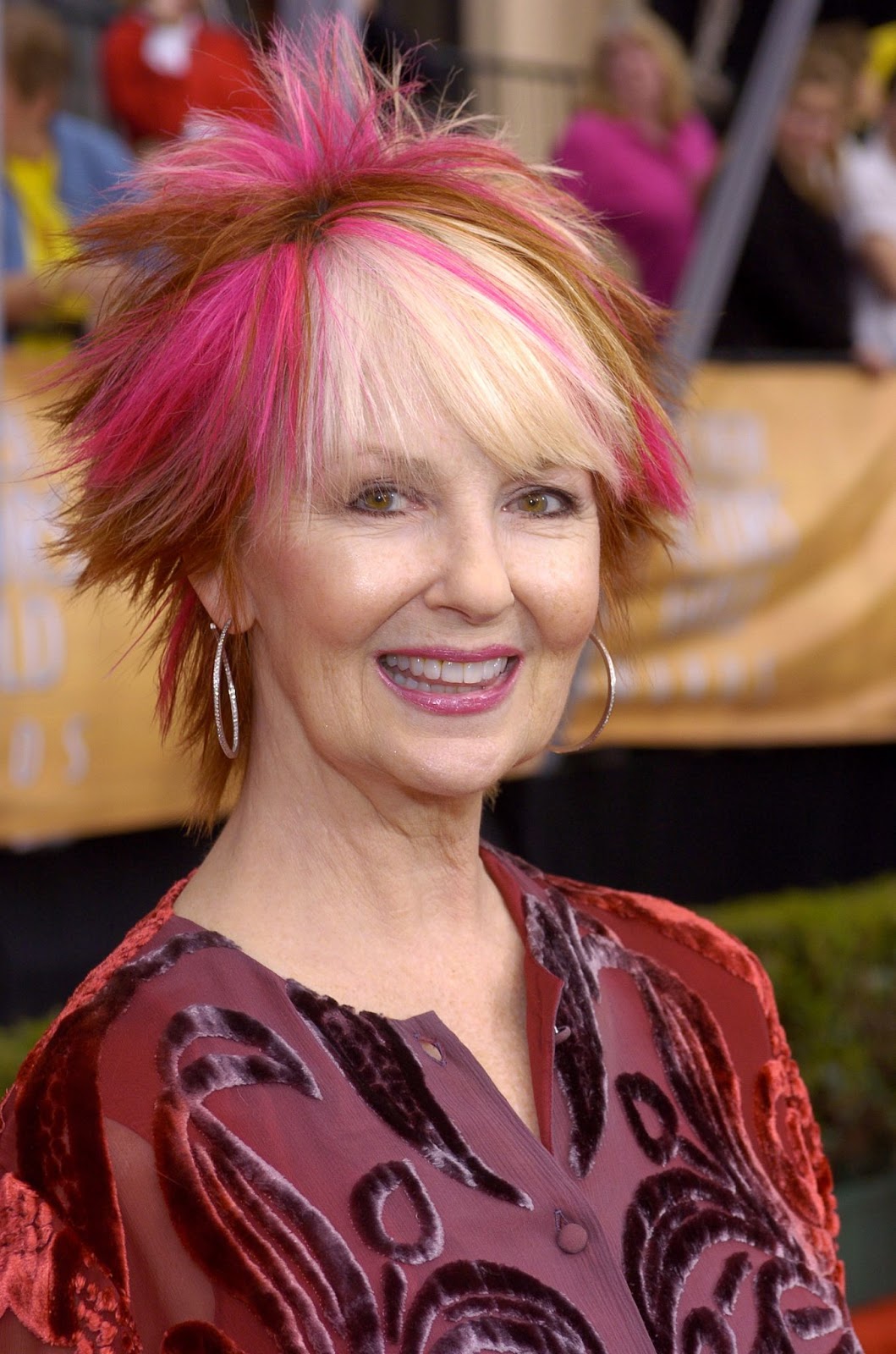
The actress pictured during the 10th Annual Screen Actors Guild Awards on February 22, 2004. | Source: Getty Images
While continuing to work, she began to experience health problems. She later shared that the first signs of her illness appeared during the "Coach" years, when she experienced a severe episode on set that felt like an out-of-body experience.
She described, "It was beyond peaceful… an all-encompassing kind of feeling of love." This marked the beginning of a medical struggle that would take years to fully understand.

The actress is photographed backstage at the 2005 Screen Actors Guild Awards. | Source: Getty Images
Seven Years of Searching for Answers
After the first alarming episode, her health continued to decline. For nearly seven years, doctors could not determine the cause of her illness. She later recalled, "I was sick for… almost seven years. I didn't get it that I was on the road to, you know, dying in the early part."
During this period, she experienced a near-fatal episode that revealed how critical her situation had become. "I found out that I had to have a transplant, and I had had an episode just before that that did almost kill me," she shared. "And they said, 'Now you have to have a transplant. If you don't, if you have this experience again, we can't save you."
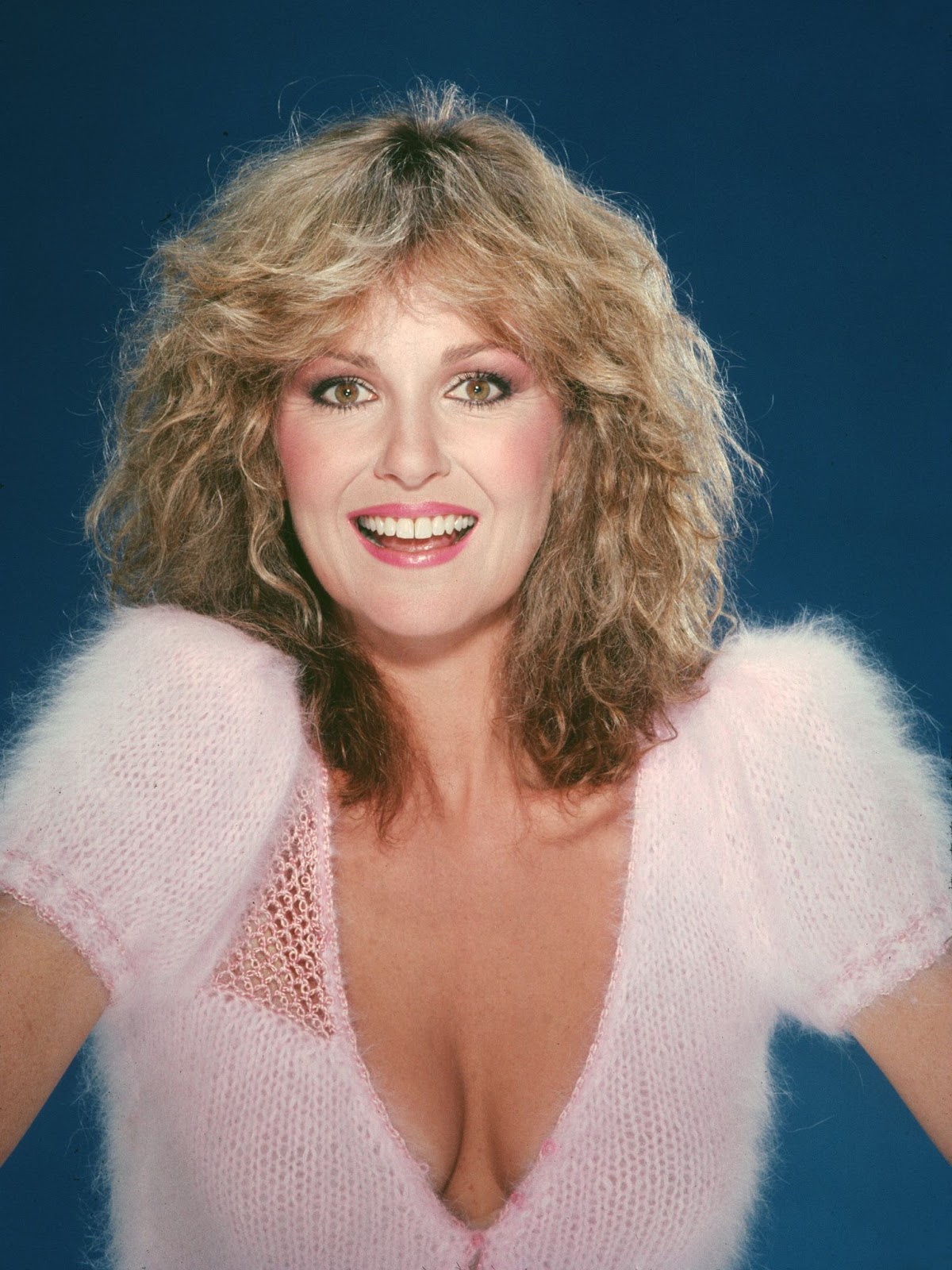
The actress, circa 1981. | Source: Getty Images
The problem stemmed from her liver, which was failing. Without a functioning liver, the body cannot remove toxins from the blood, metabolize nutrients, or produce vital proteins. In short, life is not possible without it. Once her doctors determined that a liver transplant was the only way to save her life, the challenge shifted to survival while waiting for a donor organ.
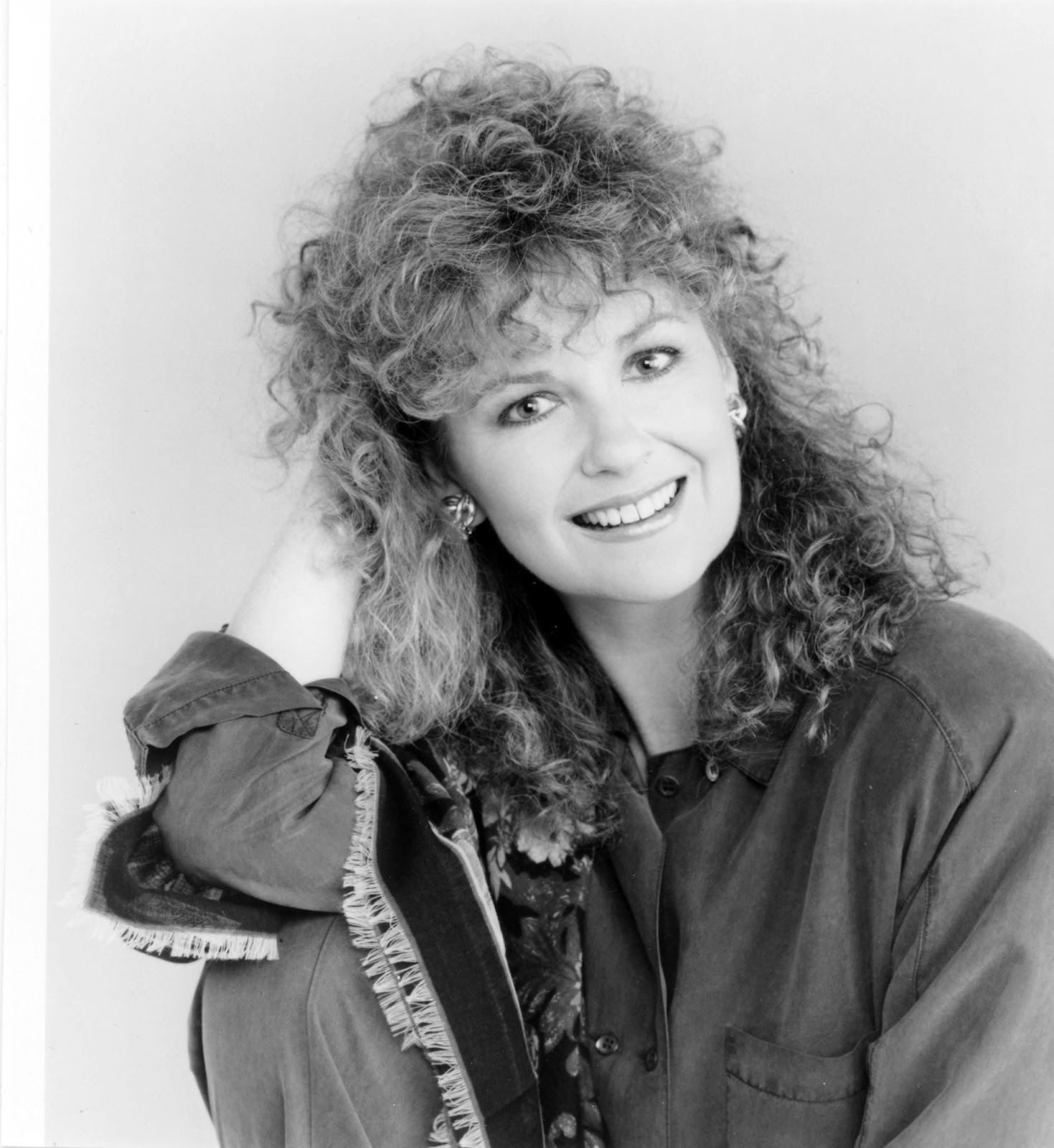
The actress circa 1988. | Source: Getty Images
Transplants are difficult to secure; more people qualify for a liver transplant than there are donor livers available. Roughly 16 percent of eligible patients become too sick for surgery or die before they can be matched with a donor.
Learning this brought the reality of her condition into focus, but she approached it with practicality. "Okay, this is what we have to do," she said, ready to face the uncertain path toward transplantation.
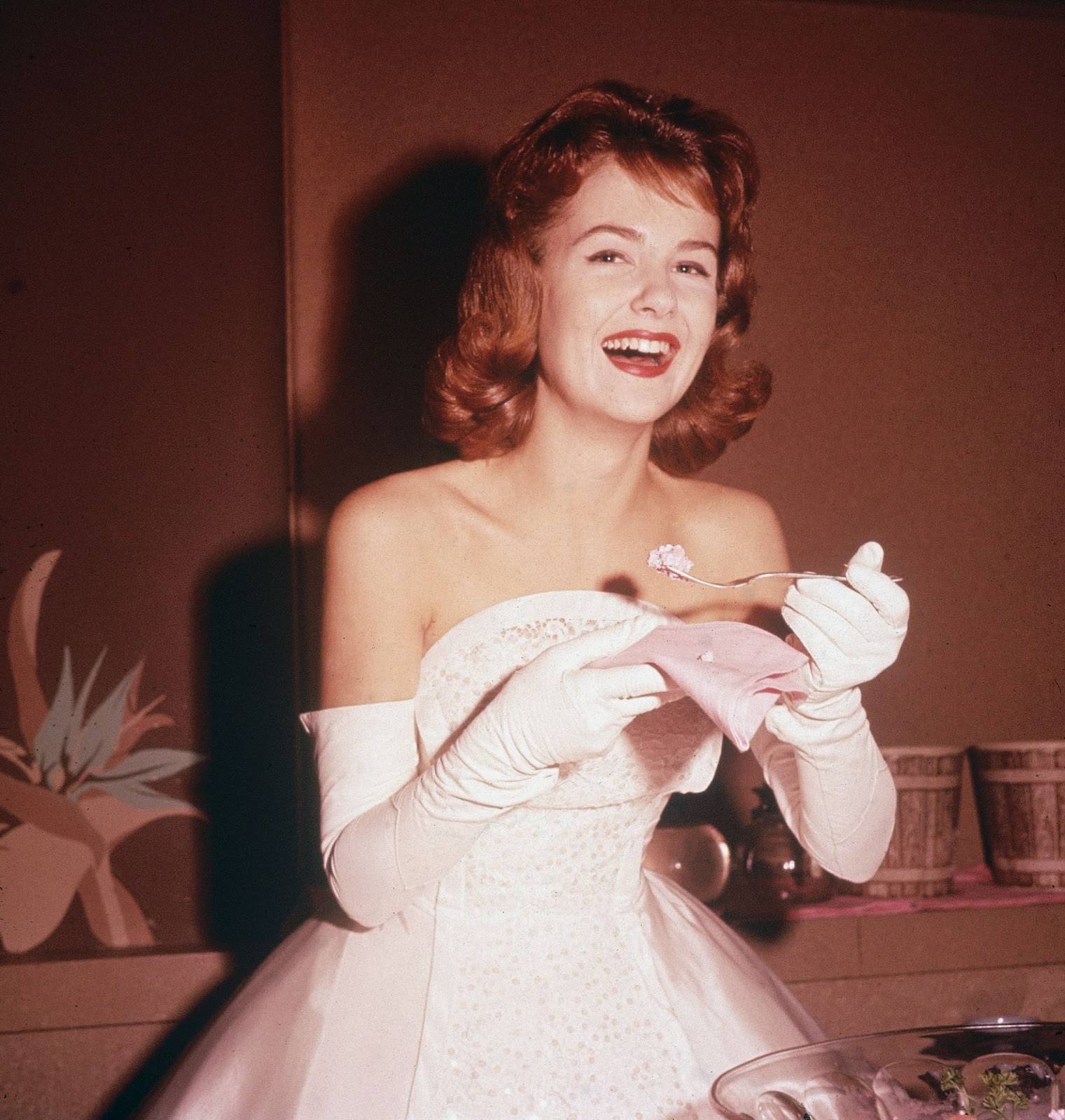
The actress, circa 1963. | Source: Getty Images
The Life-Saving Liver Transplant
Her liver failure was ultimately traced to an autoimmune disorder, a condition in which the body's immune system attacks and destroys healthy tissue by mistake. There are more than 80 autoimmune disorders. Normally, blood cells in the immune system protect the body against bacteria, viruses, toxins, cancer cells, and other harmful substances.
These threats contain antigens, which trigger the body to produce antibodies that attack and destroy them. In an autoimmune disorder, the immune system no longer distinguishes between healthy tissue and harmful antigens. This sets off a reaction that damages normal tissue.
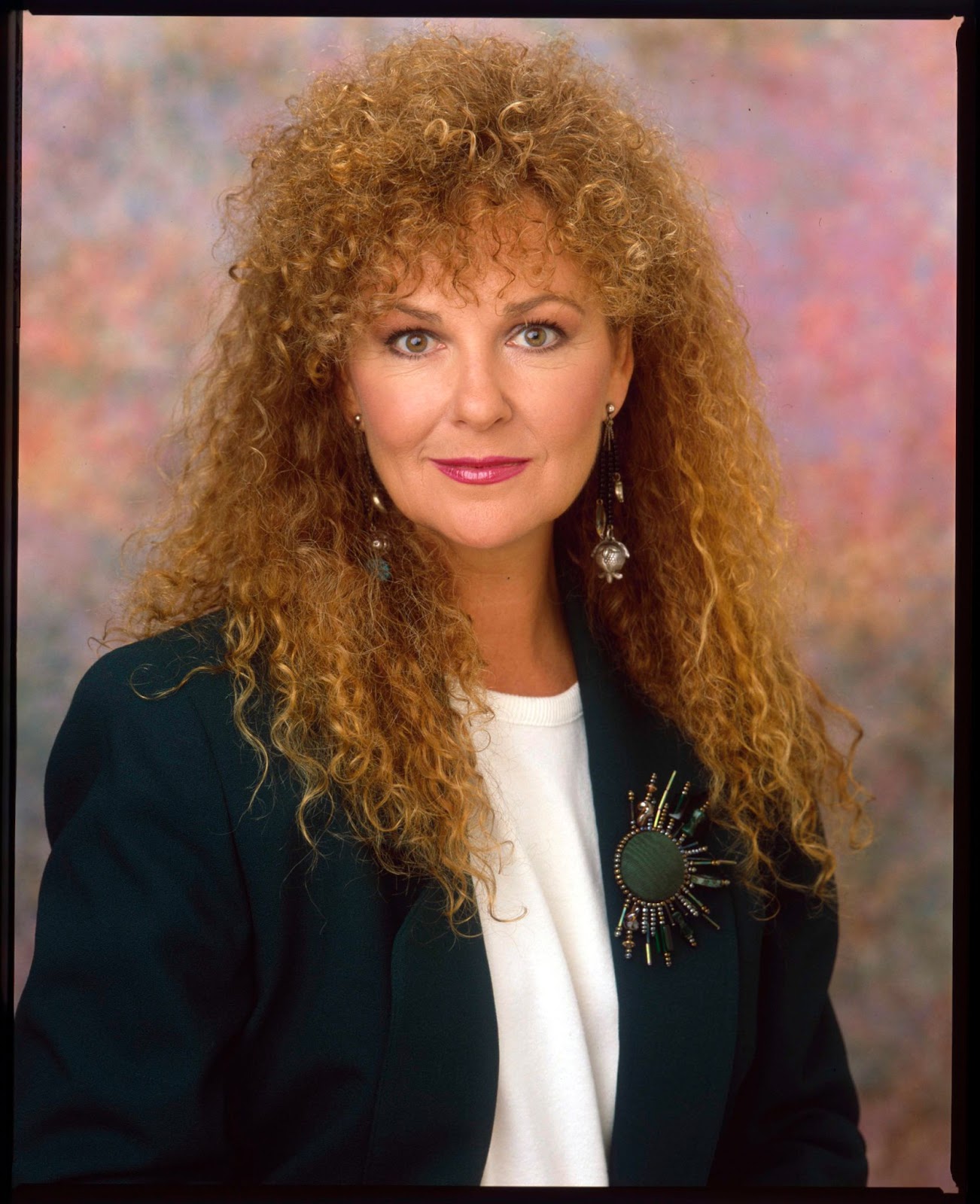
The actress photographed in 1990. | Source: Getty Images
The exact cause is unknown, though researchers believe some microorganisms or medications may confuse the immune system, particularly in people with genetic risk factors. Autoimmune disorders can destroy tissue, cause abnormal organ growth, and change how organs function.
Symptoms vary depending on which part of the body is affected, but can include fatigue, fever, joint pain, rash, and a general sense of feeling unwell. When the liver is attacked, it gradually loses the ability to filter toxins, metabolize nutrients, and produce essential proteins.
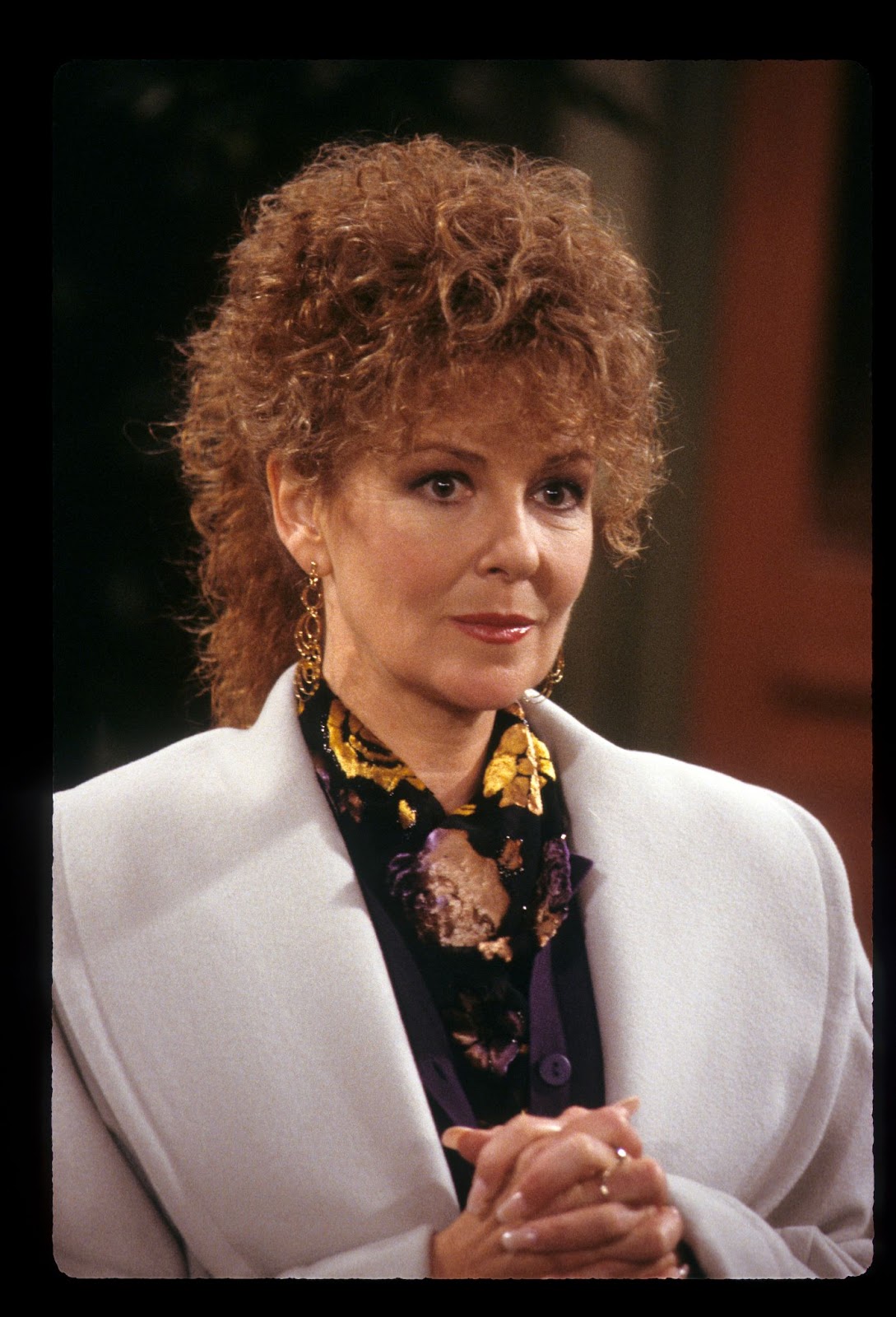
The actress filming "Coach" in 1988. | Source: Getty Images
Because the liver is one of the body's most vital organs, its failure makes survival impossible without a transplant. By 2000, the actress' condition had reached that critical point. At 56, she underwent a liver transplant in a Los Angeles–area hospital.
A spokesman for the Alzheimer's Association, where she had volunteered for years, confirmed that she was "recovering well" and that doctors expected a full recovery. For her, the transplant offered the only path to survival after nearly seven years of progressive illness.

The former Hollywood icon circa 1988. | Source: Getty Images
Recovery, Emotional Impact, and a New Outlook on Life
The transplant was only the beginning of her recovery. In the first two years after surgery, she focused all of her limited energy on healing. She later described this period as physically exhausting, saying that all her strength went into the process of regaining her health.
About two and a half to three years after the operation, she experienced delayed depression. "I suddenly started to get so depressed… I thought, how outrageous to be depressed when you've been given this glorious second chance," she shared.
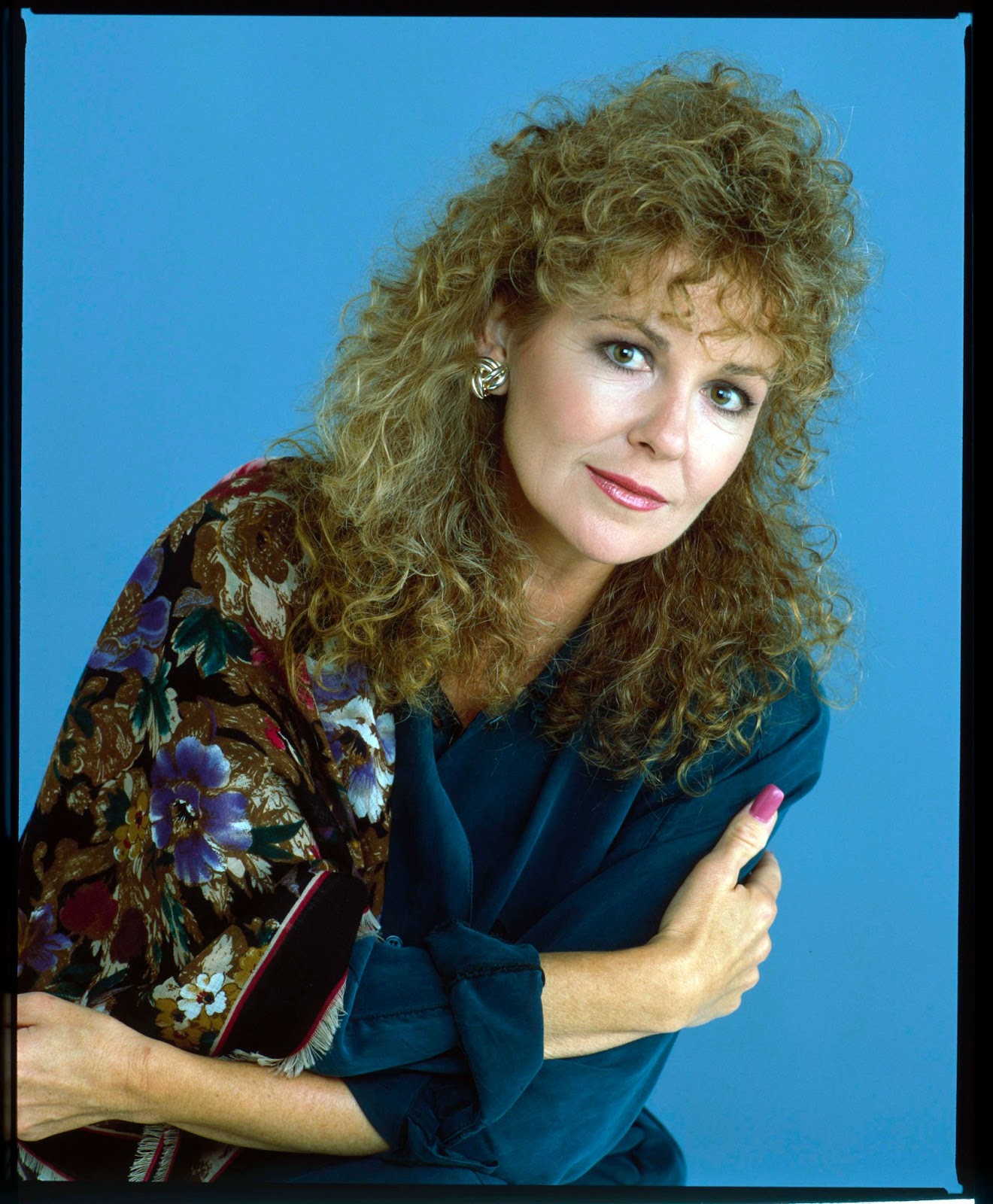
The Hollywood star photographed in 1988. | Source: Getty Images
Doctors explained that the emotional impact often sets in only after the immediate physical crisis has passed. As she processed everything she had endured, her outlook shifted. Life felt more precious, and the fears and worries that once consumed her no longer carried the same weight.
"The things that seemed so important… aren't," she reflected. "Our time here is so limited… why waste it being nervous or anxious or worrying about something?" Her experience of surviving a near-death medical crisis gave her what she described as "an entire second chance" at life.

The actress at the Los Angeles engagement of "Beautiful - The Carole King Music" on September 13, 2018. | Source: Getty Images
Recovery and Family Support
Throughout her recovery, her husband, actor Mike Farrell, cared for her and supported her through the long healing process. Farrell, best known for his role as Captain B.J. Hunnicutt on the classic CBS series "MASH," has been Shelley Fabares' husband for over four decades.
The 86-year-old built a decades-long career as an actor, writer, and producer, appearing in 179 episodes of "MASH" from 1975 to 1983 and later producing films such as the 1998 Robin Williams hit "Patch Adams." In the 2010s, he continued to work in television, including roles on "Supernatural," "The Red Road," "American Crime Story," and "NCIS."
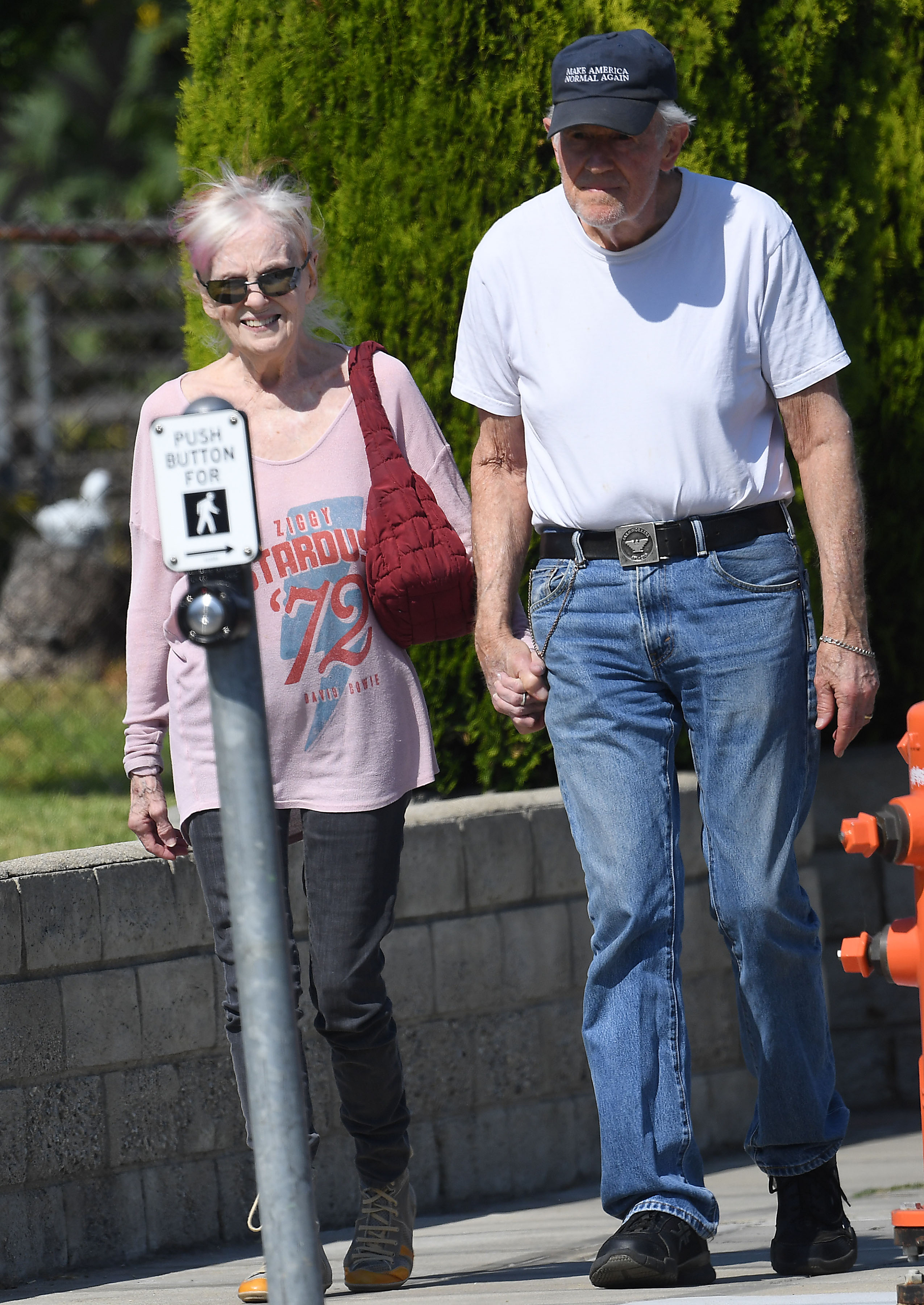
Mike Farrell and Shelley Fabares are seen in Los Angeles, California, on July 18, 2025 | Source: Getty Images
The two met in the early 1980s, and within a year of dating, Farrell proposed at a health-food restaurant in Topanga Canyon. They married in 1984 at the Pacific Palisades home of Fabares' aunt, actress Nanette Fabray, who would later portray her mother on "Coach."
Their early years together were not without challenges. Farrell's two children from his previous marriage, Mike and Erin, needed time to adjust. "The divorce was very hard on the kids," Fabares revealed in 1991. "It took a lot of love, patience, courage, and strength, but now they have two solid homes, which is what we all wanted."

Shelley Fabares is seen in Los Angeles, California, on July 18, 2025 | Source: Getty Images
The couple also faced a series of family hardships. Fabares' longtime friend and former TV mother, Donna Reed, was diagnosed with pancreatic cancer in the mid-1980s and died in 1986. Around the same time, her own mother, Elsa, began showing signs of Alzheimer's disease, eventually requiring nursing home care.
"When Donna and Mother were ill at the same time, mentally I was totally gone," Fabares reflected. "Physically, I was gone 98 percent of the time. I just stayed at the hospital for months, and never, ever did Mike question it. He was always easing my mind. He ran everything for me. He has become my safe harbor. To have his strength when everything else is out of control… that's the unbelievable gift he has given."

Shelley Fabares and Mike Farrell are seen in Los Angeles, California, on July 18, 2025 | Source: Getty Images
These experiences deepened her reliance on Farrell, who later became her primary caregiver during her transplant and long recovery. His unwavering support, both during personal losses and her near-fatal illness, was a central part of her survival story.
Now 81, Fabares remains a figure of inspiration for surviving a life-threatening medical journey and embracing a quieter chapter of life after Hollywood.
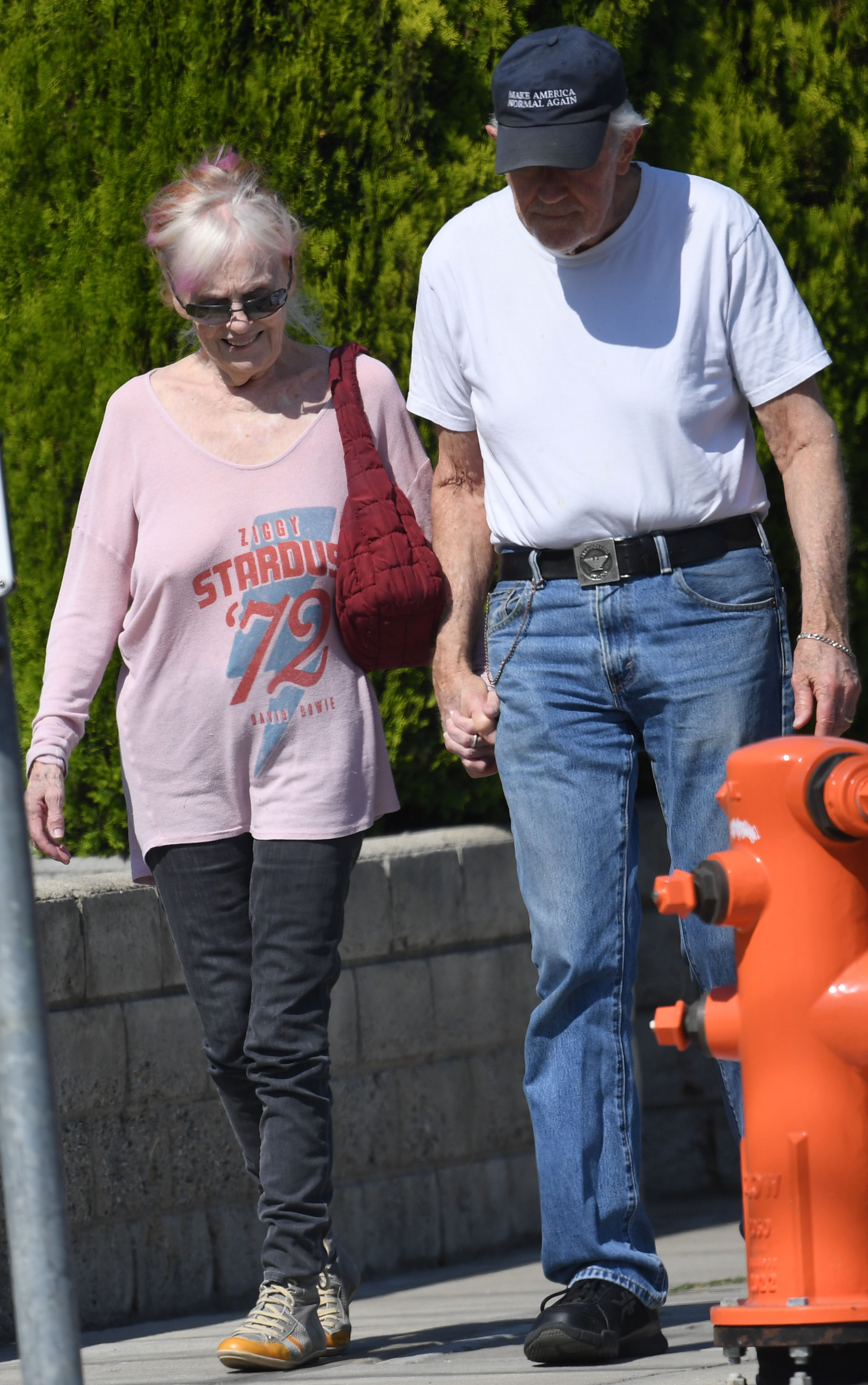
Shelley Fabares and Mike Farrell are seen out and about on July 18, 2025 | Source: Getty Images
From the hospital months spent caring for loved ones to the years she fought for her survival, Fabares has lived a life defined by endurance and gratitude. Her reflections on fear, worry, and the fragility of life offer a lasting message: every day is finite, and every second of it is a gift.
The information in this article is not intended or implied to be a substitute for professional medical advice, diagnosis or treatment. All content, including text, and images contained on news.AmoMama.com, or available through news.AmoMama.com is for general information purposes only. news.AmoMama.com does not take responsibility for any action taken as a result of reading this article. Before undertaking any course of treatment please consult with your healthcare provider.
